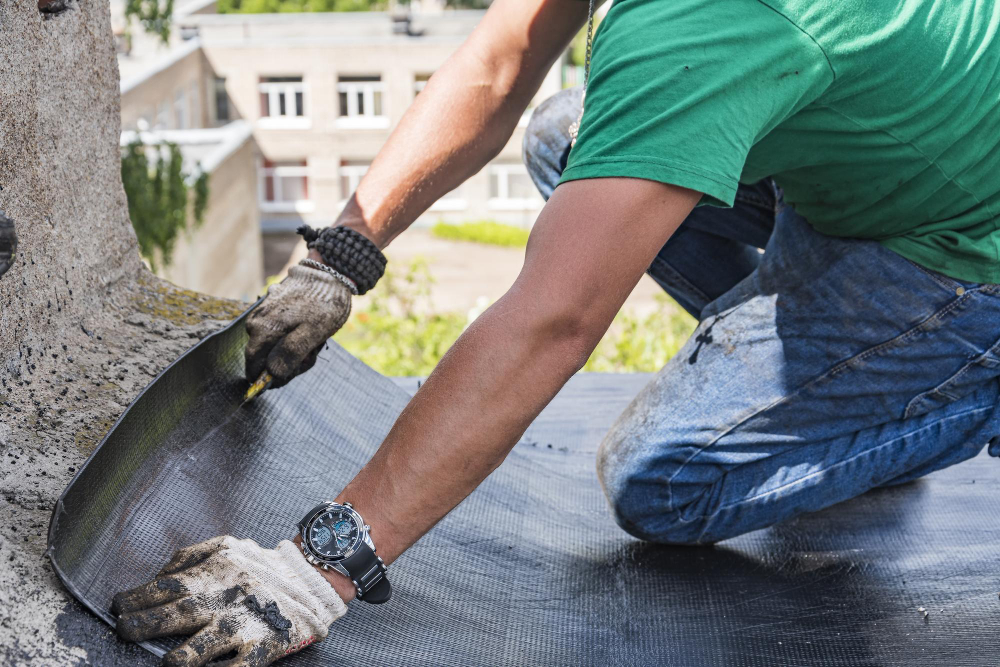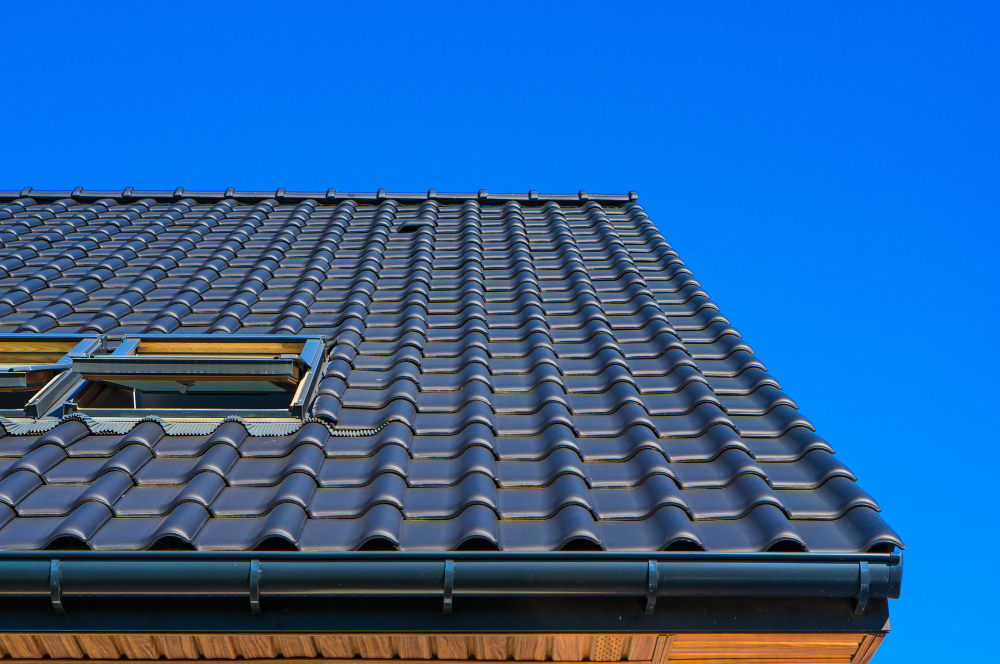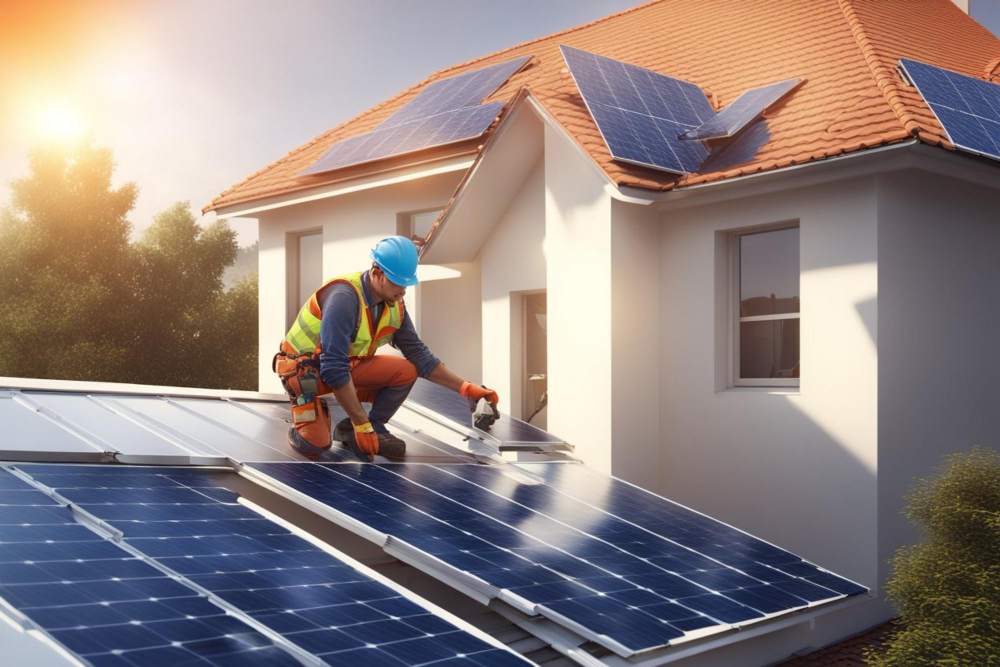Navigating Rooftop Realms: Unveiling the Distinctions Between Flashing and Soffit
Introduction
In the intricate world of roofing, two often-misunderstood components take center stage: flashing and soffit. These elements, integral to the structural integrity and aesthetics of a building, serve distinct purposes. This detailed guide aims to illuminate the differences between flashing and soffit, exploring their unique characteristics, applications, and potential challenges.
Understanding Flashing: The Guardian Against Leaks
Flashing Overview
Water, Beware:
Flashing, akin to a vigilant guardian, is a protective barrier strategically installed in vulnerable areas of a roof to prevent water intrusion. Composed of materials like metal or rubber, it acts as a sealant around joints, intersections, and openings in the roofing system.
Versatility in Defense:
Flashing is versatile, adapting to the specific needs of various roof configurations. It is applied around chimneys, skylights, vents, and other areas where water could potentially breach the roofing system.
Preserving Integrity:
Beyond aesthetics, the primary role of flashing is to preserve the structural integrity of a building by directing water away from critical areas, thus ensuring the longevity of the roof and the entire structure.
Understanding Soffit: The Elegance Below the Eaves
Soffit Overview
Understated Elegance:
Soffit, the underbelly of the roof overhang, adds a touch of elegance to a building’s exterior. It is the exposed surface between the eave and the exterior wall, seamlessly connecting the roof overhang to the siding.
Ventilation and Aesthetics:
Soffit serves a dual purpose. It enhances the visual appeal of a building by providing a polished finish to the eaves while also facilitating ventilation. Vented soffits allow air circulation, preventing issues like condensation and mold.
Material Varieties:
Soffit materials range from wood and vinyl to aluminum and composite materials. Homeowners can choose options that align with the overall aesthetic and maintenance preferences of their homes.
Distinguishing Applications: Where Form Meets Function
Flashing Applications
- Chimneys and Skylights:
- Flashing is applied around chimneys and skylights, creating a waterproof seal and preventing leaks in these critical areas.
- Roof-to-Wall Intersections:
- Strategically placed at roof-to-wall intersections, flashing safeguards against water infiltration at these vulnerable points.
- Vent and Pipe Openings:
- Essential around vents and pipe openings, flashing prevents water intrusion and potential damage.
Soffit Applications
- Aesthetic Enhancement:
- Soffit contributes to the visual appeal, providing a finished look to the roof overhang and enhancing the overall exterior aesthetics.
- Ventilation:
- Vented soffits facilitate air circulation, preventing moisture buildup and maintaining a healthy attic environment.
- Eave Protection:
- Soffit shields the eaves from the elements, preventing weather-induced wear and tear on the underlying roof structure.
Challenges and Solutions: Navigating Potential Issues
Challenges with Flashing
- Corrosion:
- Metal flashing may face corrosion over time. Using corrosion-resistant materials and regular inspections are key solutions.
- Improper Installation:
- Precise installation is crucial for optimal performance. Professional installation helps avoid potential water leakage issues.
Challenges with Soffit
- Ventilation Issues:
- Blocked vents or inadequate ventilation may lead to moisture problems. Regular checks and maintenance can address these concerns.
- Material Wear:
- Over time, soffit materials may wear or discolor. Periodic inspections and refinishing can maintain their longevity and appearance.
Key Takeaways: Balancing Functionality and Elegance
- Flashing:
- Serves as a protective barrier against water intrusion.
- Preserves the structural integrity of the roof and the entire building.
- Regular inspections are crucial to address potential challenges.
- Soffit:
- Enhances the visual appeal of a building’s exterior.
- Facilitates ventilation, preventing issues like condensation.
- Periodic maintenance ensures longevity and optimal functionality.
FAQs: Answering Common Queries
- Can I use flashing on a flat roof?
- Yes, flashing is crucial for flat roofs, especially around vents and other openings, to prevent water infiltration.
- Do I need soffit vents if I have roof vents?
- Soffit vents complement roof vents, ensuring proper air circulation and preventing issues like condensation.
- How often should flashing be inspected?
- Annual inspections are recommended, especially after severe weather events.
- Can soffit be installed on all types of roofs?
- Soffit can be installed on various roof types, enhancing aesthetics and providing ventilation benefits.
- Can flashing be painted to match the roof color?
- While possible, it’s crucial to use paint compatible with the flashing material to avoid compromising its effectiveness.
- Is it necessary to have both soffit and fascia?
- While not mandatory, having both soffit and fascia contributes to a polished and complete look for the exterior of a building.
Conclusion: Crafting Resilient and Elegant Roofs
In conclusion, understanding the distinctions between flashing and soffit empowers homeowners to make informed decisions about their roofing systems. Flashing stands as a stalwart guardian, preserving the structural integrity against water intrusion, while soffit adds an elegant touch, enhancing aesthetics and promoting ventilation. The synergy of these elements results in roofs that not only endure the elements but also grace the landscape with timeless elegance. So, let your roofing journey be a harmonious blend of functionality and beauty, standing tall against the tests of time.








